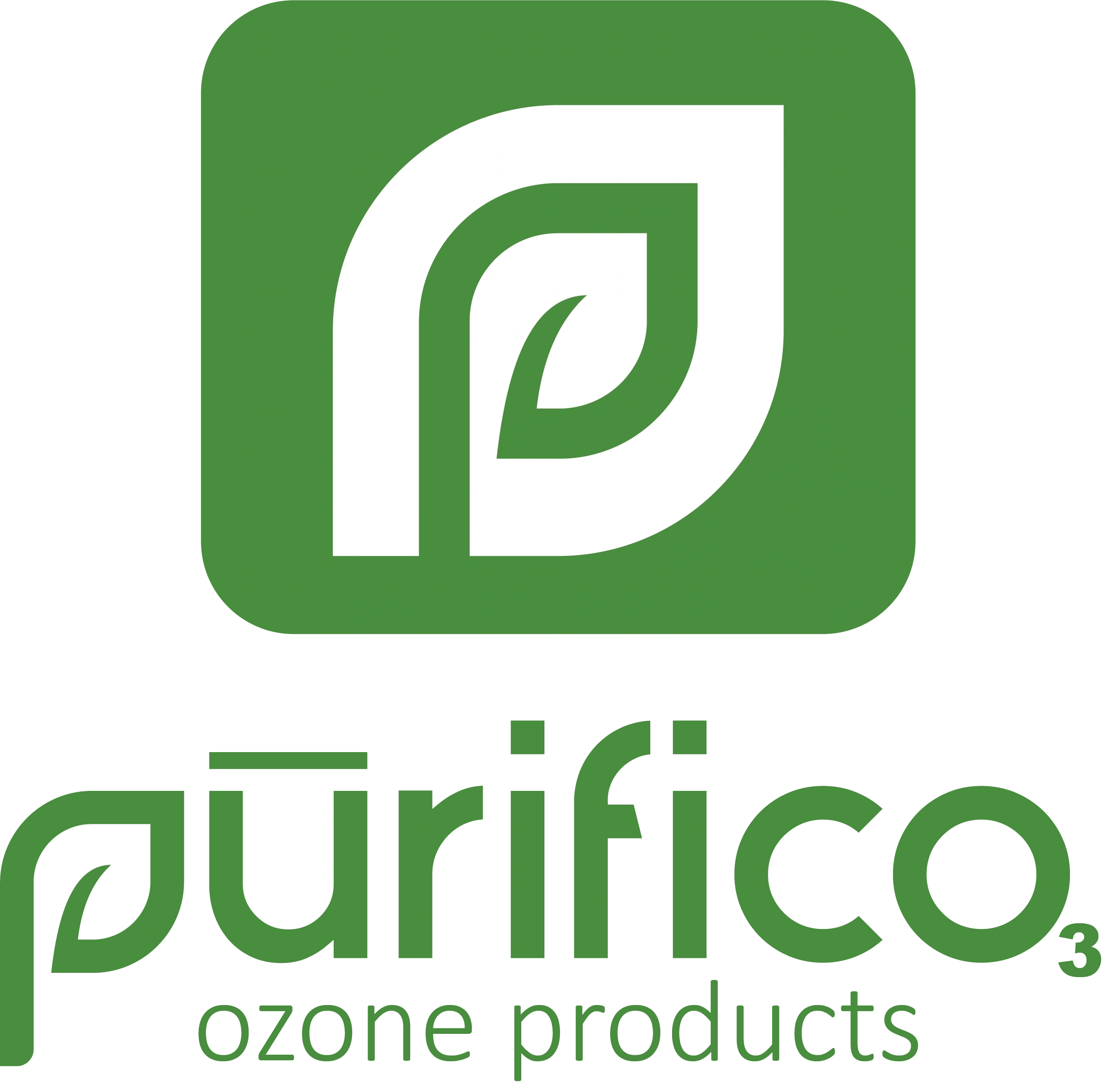Diseases caused by pathogens such as fungi, bacteria, and viruses pose a significant threat to global agriculture. These pathogens not only reduce crop yields but also result in economic losses and environmental damage due to the heavy use of chemical pesticides.
As farmers seek more sustainable alternatives, ozone treatment has emerged as a powerful tool to eliminate pathogens and rescue diseased crops. With its broad-spectrum antimicrobial properties and eco-friendly nature, ozone can play a crucial role in restoring crop health and preventing future infections.
This article explores how ozone technology works and its potential to save diseased crops while reducing dependency on harmful chemicals.
Understanding Ozone’s Mechanism Against Pathogens
Ozone (O₃) is a highly reactive molecule with potent oxidative properties. When applied to plants, soil, or water, it targets pathogens by disrupting their cellular membranes and genetic material. This oxidative burst damages the proteins, lipids, and DNA of harmful microorganisms, rendering them inactive. Unlike conventional chemical treatments, ozone works without leaving toxic residues, decomposing back into oxygen (O₂) shortly after its application.
Because of its rapid breakdown, ozone can be safely applied multiple times, offering effective disease control throughout the growing season. Additionally, it eliminates a wide range of pathogens—including those resistant to traditional pesticides—making it a versatile solution for modern agriculture.
Key Benefits of Ozone for Pathogen Control in Agriculture
1. Broad-Spectrum Antimicrobial Action
Ozone is effective against various types of pathogens, including bacteria, fungi, viruses, and spores. In particular, it has shown high efficacy in combating waterborne pathogens like Pythium and Fusarium, which cause root rot and wilt disease. These pathogens are often difficult to control with chemical fungicides, but ozone’s oxidative properties make it an effective alternative.
In irrigation systems, ozone can be introduced to prevent the spread of pathogens through water supplies, ensuring that crops remain healthy and disease-free. Its ability to kill even resistant microorganisms provides farmers with a reliable tool for disease management.
2. Preventing and Treating Fungal Infections
Fungal pathogens are notorious for causing devastating losses in crops such as fruits, vegetables, and grains. Ozone effectively neutralizes fungal spores both on plant surfaces and in the surrounding environment. This makes it particularly valuable in managing diseases like powdery mildew, blight, and downy mildew.
Farmers can use ozone-infused water to wash infected plants or apply ozone directly through misting systems in greenhouses, halting the spread of fungi. Unlike chemical fungicides, which can leave harmful residues, ozone-treated crops are residue-free, making them safer for consumption and meeting organic farming standards.
3. Eliminating Pathogens from Soil and Irrigation Systems
Many crop diseases originate from contaminated soil or water. Pathogens can persist in irrigation systems, spreading to healthy plants and causing recurrent infections. Ozone treatment disinfects both soil and irrigation water by oxidizing harmful microorganisms and organic pollutants, breaking the pathogen lifecycle at its source.
In recirculating irrigation systems, ozone ensures water remains pathogen-free, minimizing the risk of contamination. This is particularly beneficial for hydroponic operations, where waterborne diseases can spread rapidly throughout the system if not properly managed.
Application Methods for Ozone in Pathogen Management
Ozone can be integrated into several aspects of agricultural operations, providing flexible and effective disease control. Some common application methods include:
- Ozonated Water Washes: Farmers can wash fruits, vegetables, and leafy greens with ozone-infused water to eliminate surface pathogens without affecting the quality or taste of the produce.
- Greenhouse Misting Systems: Ozone misting in greenhouses helps control airborne pathogens and fungal infections. It also reduces the microbial load on plants and surfaces, ensuring a healthy growing environment.
- Soil Sterilization: Ozone can be injected into the soil to eliminate harmful microorganisms, breaking down pollutants and creating healthier growing conditions. This process also reduces the need for chemical soil treatments, promoting sustainable farming practices.
Environmental and Economic Advantages of Ozone Treatment
1. Chemical-Free Disease Management
One of the most compelling advantages of ozone is its ability to manage diseases without relying on chemical pesticides. Chemical treatments often leave residues that are harmful to the environment, and many pathogens have developed resistance to them. Ozone offers a sustainable alternative, as it decomposes into oxygen after its application, leaving no environmental footprint.
This makes ozone particularly valuable for organic farming and operations aiming to reduce chemical inputs. Farmers can apply ozone freely without concerns about residue limits or regulatory restrictions, enhancing both environmental and economic sustainability.
2. Reduced Crop Losses and Higher Yields
By preventing infections and rescuing diseased crops, ozone treatment minimizes crop losses and improves yields. Healthier plants also require fewer inputs such as fertilizers and pesticides, reducing operational costs over time. Additionally, farmers can market ozone-treated crops as pesticide-free, appealing to health-conscious consumers and fetching higher prices in the market.
3. Minimal Maintenance and Energy Costs
Ozone generators are energy-efficient and cost-effective. Since ozone is generated on-site from ambient air, there is no need for chemical storage or transportation, further reducing costs. Automated systems equipped with ORP (oxidation-reduction potential) sensors ensure precise control of ozone levels, making the technology easy to integrate and maintain.
Challenges and Best Practices for Ozone Integration
While ozone offers significant benefits, its effective use requires careful management. Overexposure to ozone can damage sensitive plant tissues, so farmers must regulate dosage carefully. Automated ozone systems equipped with sensors help monitor concentration levels and prevent overapplication.
Farmers should also tailor ozone treatment based on crop type and environmental conditions. For example, leafy greens may require lower ozone levels compared to more resilient crops like berries or citrus fruits. Working with experts in ozone technology ensures the system is optimized for each operation’s unique needs.
Conclusion: Ozone as a Lifeline for Diseased Crops
Ozone treatment offers a practical, eco-friendly solution to one of agriculture’s most pressing challenges—managing crop diseases. Its ability to eliminate pathogens without leaving residues makes it an attractive alternative to chemical pesticides, especially for organic and sustainable farming operations.
By integrating ozone into irrigation, soil, and post-harvest processes, farmers can rescue diseased crops, prevent future infections, and boost overall productivity.
In a world increasingly focused on reducing chemical use and minimizing environmental impact, ozone technology is poised to become a vital component of modern agriculture. As research and adoption continue to grow, ozone will play a critical role in safeguarding crops, reducing waste, and ensuring sustainable farming practices for generations to come.


